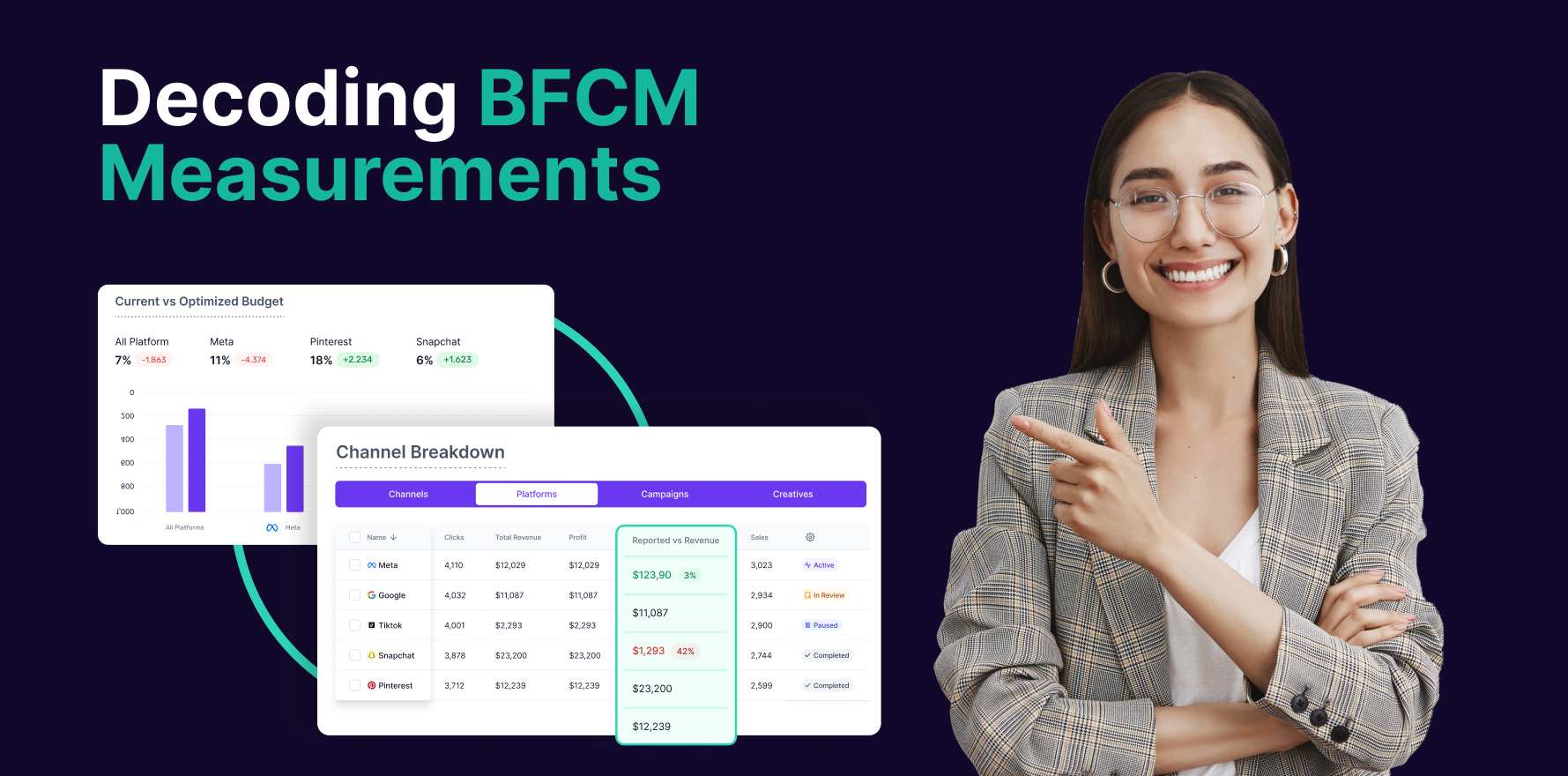What is Impression fraud?
Impression Fraud, also recognized as impression laundering or ad fraud, is a rampant problem in the digital advertising industry. It involves the unethical generation of fake impressions often executed by deploying automated bots, click farms, or ad stacking. The primary motive behind this unscrupulous practice is to falsely inflate the number of views or interactions an ad receives, making an advertising campaign appear far more successful than it truly is. The fraud not only misrepresents the campaign metrics but can also lead to substantial financial losses due to inflated advertising costs.
Example
For instance, if you have an ad campaign and you find that a single IP is contributing a disproportionately high number of impressions within a short interval and there is deficient engagement associated, chances are you may be a victim of impression fraud.
Why is Impression fraud important?
Understanding Impression Fraud is essential for marketers and ecommerce businesses. With the growing digital ad budgets, businesses may face inflated costs due to undetected fraud. The fake impressions deliver misleading campaign performance data, making it harder to make informed business decisions. This can lead to inefficient resource allocation and decreased ROI.
Which factors impact Impression fraud?
To combat impression fraud, employ robust ad fraud detection software that can help identify irregular patterns. Regular evaluation of ad traffic sources is critical. Limit your advertisement exposure to unverified, low-quality sites and opt for trusted, high-quality websites. Regularly audit your ad expenditures and be vigilant about sudden spikes in impressions without corresponding engagement.
How can Impression fraud be improved?
Factors impacting impression fraud include the quality of websites, ad campaign strategies, traffic source verification, and the efficiency of fraud detection systems. Poorly managed advertising budgets and lack of regular audits are also potential contributors else to the risk of impression fraud.
What is Impression fraud’s relationship with other metrics?
Impression fraud distorts the understanding of other key ecommerce metrics like CTR and conversion rates. While it falsely elevates CTR, it diminishes conversion rates since most fraudulent impressions do not lead to genuine interactions or purchases. Ultimately, it leads to an inaccurate picture of ecommerce performance, impacting the accurate estimation of ROI.
Free essential resources for success
Discover more from Lifesight






















































